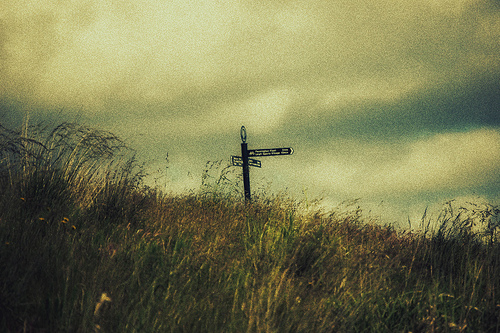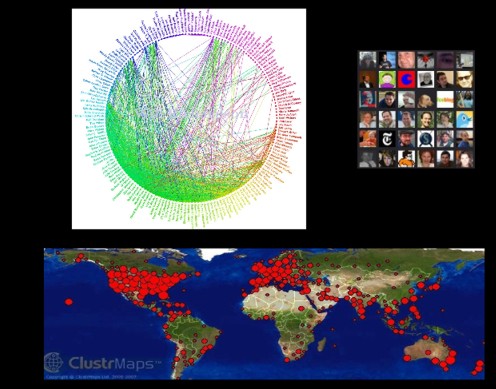
Photo courtesy of Hulalulatallulahoo p
My younger son, currently in Year 9, is taking part in an interesting research project outside of the school. His school has made a smart decision to run several programs which take the students out of the classroom and textbooks. This makes a lot of sense at a time when disengagement with normal classroom routine is possibly at its peak. Putting young people in a different learning environment, giving them a bigger-picture problem to solve, and a choice about how they are to present their findings, is a smart move. In his case, my son’s school has joined with La Trobe University and some of its lecturers, tutors and student teachers, in order to support a two-week research project.
What interests me as an educator and teacher librarian, is the affective aspect of the research process. After a week, my son is feeling overwhelmed and insecure; he feels he’s a failure because he hasn’t come very far. As I talk with him about how he’s feeling, I wish that a discussion of these feelings were part of the support given to the students.
It was a relief to me when I read Carol Kuhlthau’s research into the affective stages of research. I’ve written about this in a previous post. I discovered it was normal to feel confused and overwhelmed at the start of your research because you hadn’t defined what the question was. It was normal to feel the same way before you had found relevant information to support your research. It was normal to feel happier and more confident having found those resources, but also to plummet again when you faced the task of synthesizing this information into some sort of argument or presentation. And so, as each new stage of the process is faced, it would be so good to acknowledge that the way you’re feeling is to be expected.
Reflection is a good thing, and leads to self-awareness. The more you understand how you’re feeling, the less frustrated you’ll feel. Instead, you’ll be able to navigate these different stages of information seeking and synthesis, or any other learning process.
I wonder how we deal with this as educators. How can we identify how students feel and empathise with them, or provide context, if we don’t understand our own internal processes? I’m not sure that teachers’ busy schedules, with the ongoing face-to-face teaching of classes, interspersed with constant correction and preparation, allow them the time to stop and reflect. And that’s a great shame.
Blogs are an excellent way to routinely reflect on teaching practices, and document highs and lows, problems and celebrations. On the one hand, blogging has been embraced by so many people that there seems to be a hundred blogs for every topic imaginable. Blog writing is often made fun of, in the same way as superficial twittering. On the other hand, there are few educators in my school who blog, who see the point of blogging, or who regularly read blogs.
Recently, as I’ve mentioned before, I started a blog to record the progress of my collaborative teaching of a year 7 English class with Maria. It’s called English@wfc and it’s a space for me to write down what we do in class, how the students responded, how Maria and I felt, what worked and what didn’t, and what we learned from this. For me, this is a valuable exercise; it doesn’t take long, but it’s useful both for me and, I hope, for teachers if they would read it.
This blog also has a list of links to English-related blogs – all fantastic. Some of them are
- Steve Shann’s blog, Birds fly, fish swim
- Jennifer Clark Evans’ blog, My continuing education
- Susanne Nobles, Still learning.
- Susan Carter Morgan, scmorgan.
- Rob Currin, Teach, inspire, share.
- Sean Nash, Nashworld.
- Marie Salinger, Just in time
- Hiram Cuevas, Give me ludicrous speed.
As a teacher, I’m so much more comfortable and happier to function as a learner, continuing my own education and understanding, learning as I go, learning from others, with students – instead of just being the provider of information or the so-called expert. I appreciate looking into others’ teaching experiences, just as I enjoy writing out my own.
I hope that, as a parent, I’m able to support my son in his research agony through discussion, broadening his understanding and developing self-awareness. I hope that, as a teacher, I can provide the empathy and wisdom to go with the provision of information.





